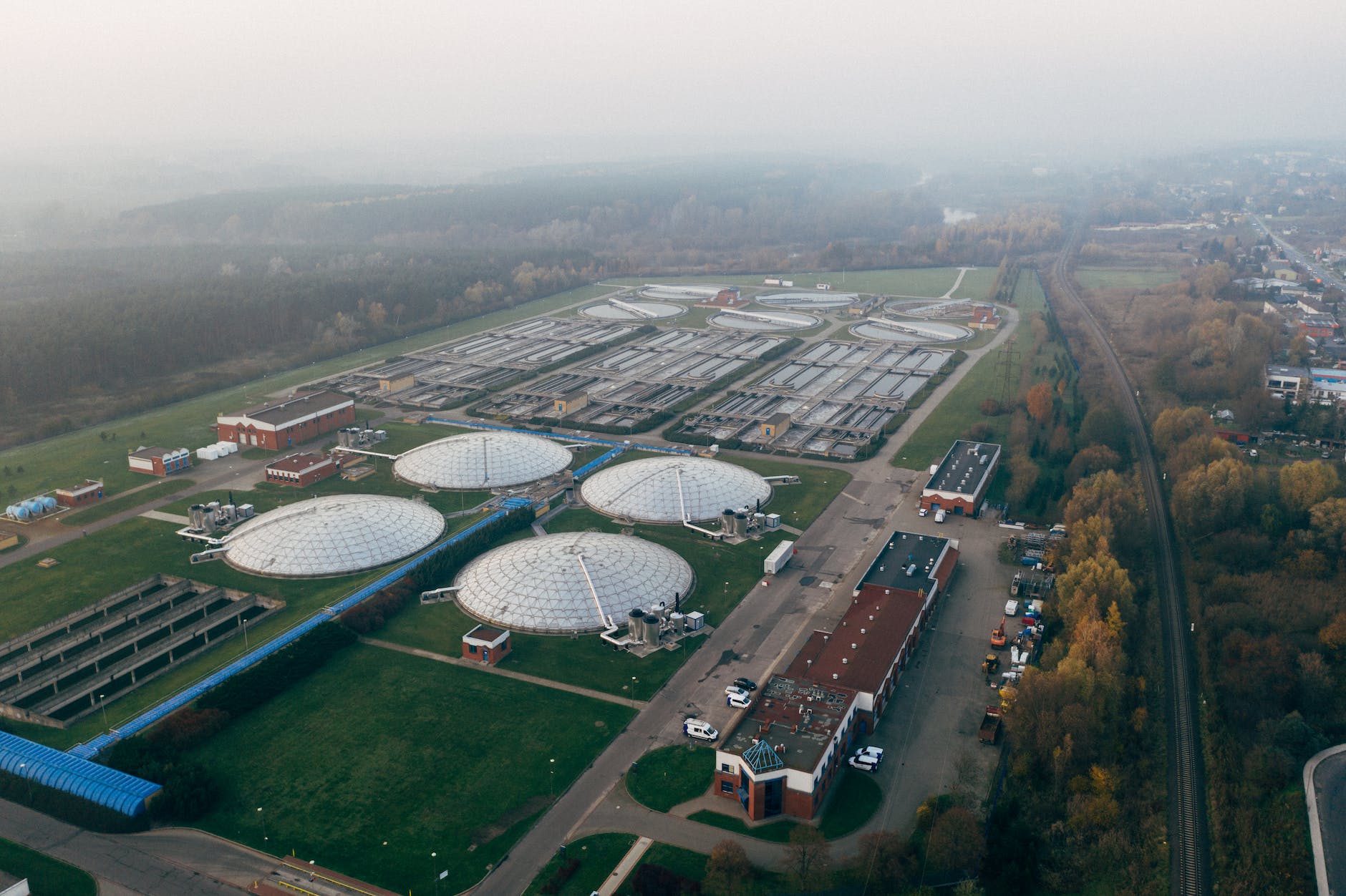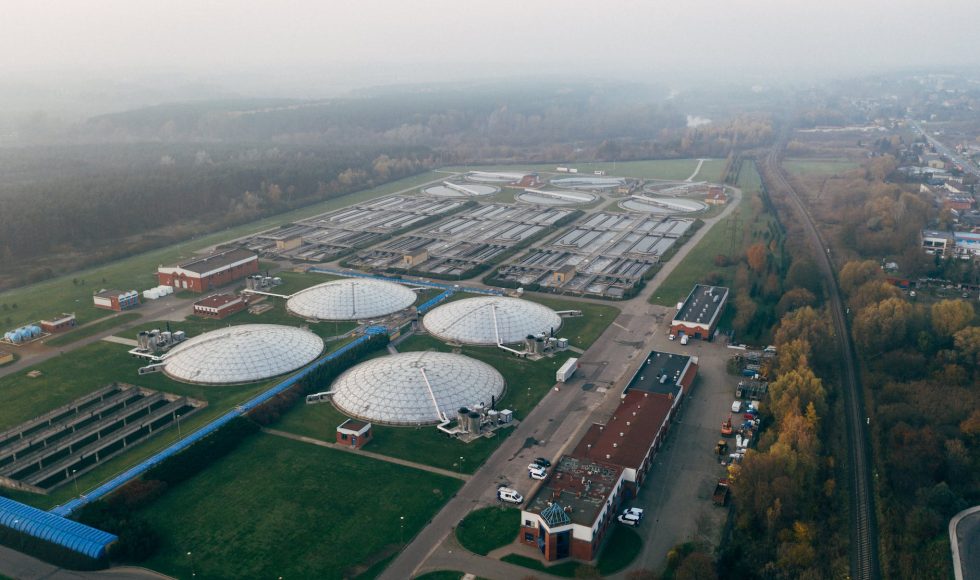Hugh E. Olsen from the University of California at Santa Cruz spoke at the Nanopore Community Meeting 2021 about “Detecting SARS-CoV-2 and other pathogens in aerosols at wastewater treatment plants.” Just this past week, I was talking about this with a graduate student. Olsen said that “wastewater is a catalog of human pathogens.” Bioaerosols are generated by wastewater aerators. The UC Davis wastewater receives waste from the campus and the veterinary school. Thus, it has a complex and unique set of biological components. The team samples using a continuous air sampler containing a cartridge with a filter. The study aimed to detect SARS-CoV-2 bioaerosol generated by primary wastewater aeration and evaluate nucleic acid sequencing as a mechanism of wastewater aerobiome surveillance of pathogens. The team sampled for 24 hours for four consecutive days with the InnovaPrep-BOBCAT. The sample was split for RNA and DNA Nanopore sequencing and analysis. Bioinformatic software included Shasta, Minimap2, KRaken2, Artic v3, and midnight pipelines. The sample prep involved four steps: extraction of electret filter, 40x concentration of filter by hollow fiber membrane technology using Innova Prep’s technology, and splitting the filter for RNA and DNA prep with Zymo Quick-RNA and phenol: chloroform extraction for DNA. Library prep used the LSK-109 for DNA. Olsen and team performed SARS-CoV-2 RTqPCR and detected sequences on most days. As a control, they processed a field sample. For DNA sequencing, the N50 was 4024. Kraken could map about two million reads with 92% bacterial reads, and most of the rest were classified as human reads. Olsen’s team concluded that SARS-CoV-2 nucleic acids are in aerosols generated at wastewater treatment plants. Olsen mentioned that they assembled some genomes from the metagenomic reads. This is the second or third time I have watched this video, and I keep on learning about the controls and approaches used for sequencing wastewater-related samples.



